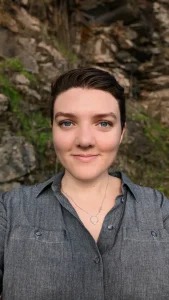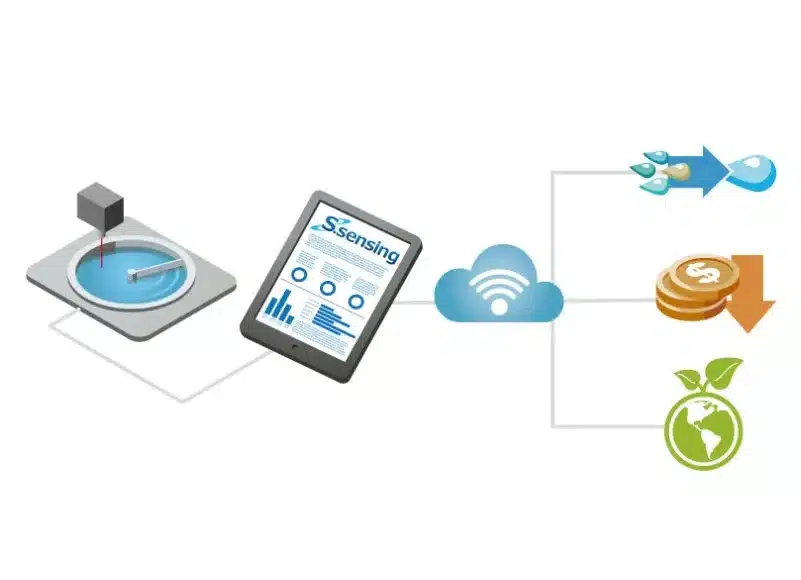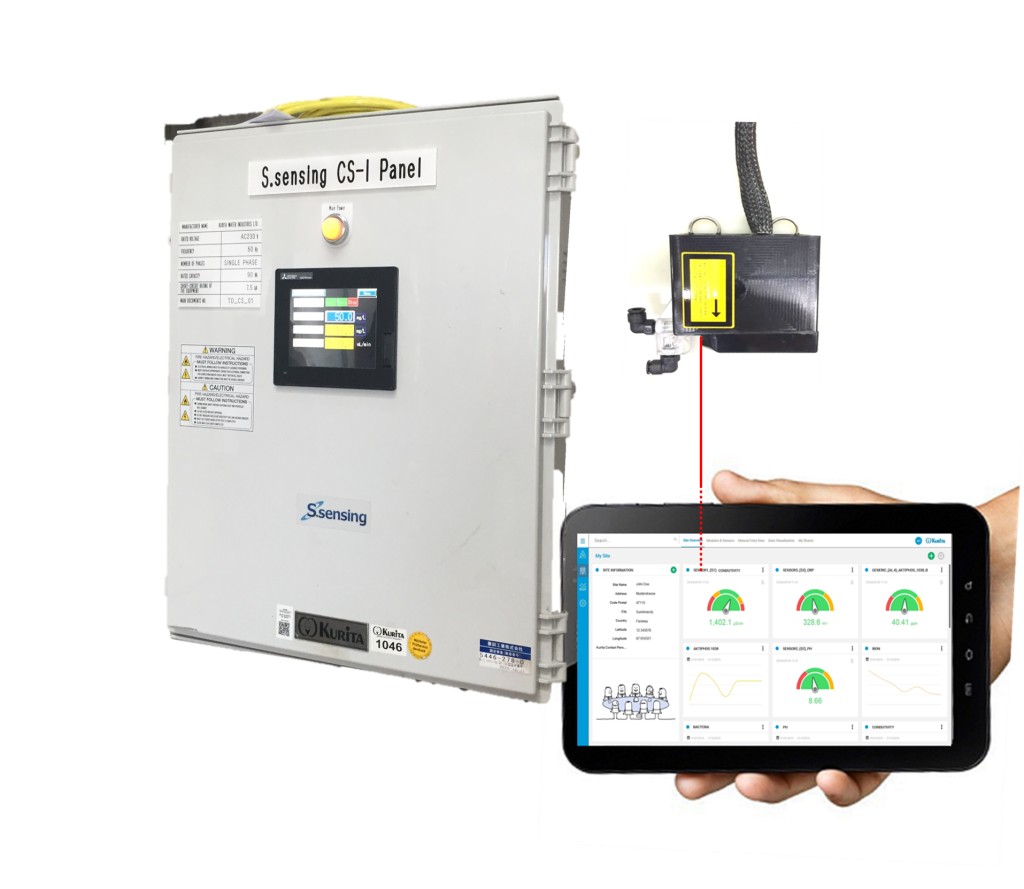
Joanna Walker
LTM Specialist
Unlocking the Potential of Wastewater
Wastewater is everywhere. It is generated from industrial processes, cooling processes, comes from surface runoff, from homes. Each one of us produces wastewater every day by showering, cleaning the dishes, doing laundry, and washing our cars. And what do all these wastewaters have in common?
Absolutely nothing!
Wastewater generated from diverse sources poses significant challenges for wastewater treatment plants. These challenges range from the financial burden of chemicals and discharge fees to the necessity of meeting legal restrictions, making wastewater treatment plants often viewed as a necessary expense rather than an opportunity.
Despite this, wastewater treatment plants hold untapped potential as water resources when managed effectively. The key challenge lies in understanding the ever-changing conditions and compassing shifts in production processes, seasonal variations, and unforeseen accidents upstream.
S.sensing™ CS: Automation of your wastewater treatment plant
To cope with these changes, Kurita introduces the S.sensing™ CS technology, a system designed to provide real-time control over coagulant dosing, using laser-based technology. Unlike traditional approaches that measure after the sedimentation process, S.sensing CS detects flock formation early in the process, enabling swift adjustments in coagulant dosage.
Creating value through S.sensing™ CS
- Stable water quality: Ensuring the right product is used at the right time resulting in a consistent and stable quality of treated water.
- Automation of wastewater treatment plants: Reducing the workload on personnel by automating dosing settings, eliminating the need for manual adjustments
- Optimizing dosages: Automatically dosing chemicals based on real time needs leading to a more stable and safe plant operation.
- Cost savings: Reducing chemical usage and subsequent sludge production, resulting in significant cost savings, including sludge disposal costs.


Illustrating the practical impact of S.sensing™ CS, a case study involving a wastewater treatment plant in a paper mill showcased a 50% reduction in sludge formation, meeting turbidity limits consistently. The system’s ability to follow the required dosage trend line prevents under- and overdosages.
In addition, the S.sensing™ CS technology can also be implemented for the treatment of river water for, e.g. cooling systems. By optimizing the coagulant dosage early in the system, the stress on downstream equipment, like sand filters or membranes, is reduced, resulting in lesser exchanges of filtering material and cleaning frequencies.
Further improvements in the wastewater treatment plant may also be achieved by implementing products from the Kuriflock™ portfolio. Tailored to the systems’ needs, the Kuriflock product range includes inorganic and organic coagulants, specializing in mixing these two types. These mixed products show the benefits of both coagulant types by reducing sludge and dosing amounts. Together with correct Kuriflock flocculant aid and the S.sensing™ CS technology potential savings increase significantly.
Wastewater and its unused potential
With increasing water scarcity worldwide, treating wastewater for reuse is an essential step towards sustainable water management. Often certain water streams are not considered for reuse because they do not meet the quality standard. Advanced treatment technologies such as reverse osmosis can convert wastewater into high quality water suitable for various uses. However, scaling and fouling issues often hinder the efficiency of these systems, resulting in frequent maintenance, downtime, and costly operations. To address these challenges, Avista, Kurita’s global brand for membrane treatment solutions, provides advanced treatment concepts that ensure cost-effectiveness and optimal operational reliability.
In many cases, an intricate reverse osmosis system may not be necessary to fulfil the quality demands for reuse. A simple disinfection through Dilurit® BC S-System can be enough to make a former wastewater stream eligible to be recycled on site, reducing effluent discharge fees and overall environmental impact.
The untapped potential of wastewater offers a promising solution to address water scarcity challenges by shifting the perception of wastewater from a waste product to a valuable resource. Reclaiming wastewater contributes to water security, supports sustainable practices, conserves freshwater resources, protects the environment and can lead to cost savings for industries, water utilities and consumers. Kurita can help unlock its potential through knowledge of advanced treatment processes and value-bringing technologies.
And no, wastewater treatment plants are not a necessary evil.

